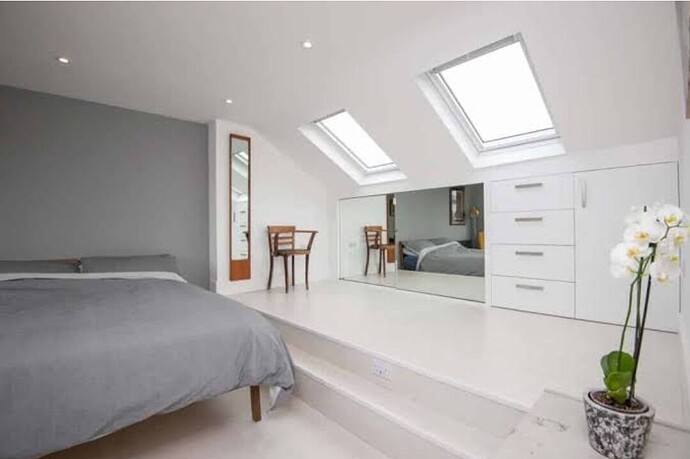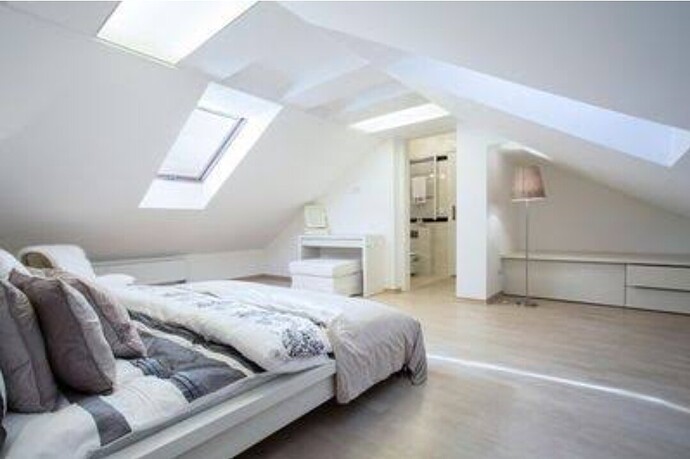In many homes, the attic is an underutilized area that serves only as storage for boxes, holiday decorations, or rarely used belongings. However, with thoughtful renovation, an attic can be transformed into valuable living space, adding both function and value to a home. Attic conversions are one of the most cost-effective ways to expand without building an addition.
Why Convert an Attic?
An attic conversion provides extra square footage without extending the home’s footprint. This makes it ideal for properties with limited yard space or zoning restrictions that prevent outward expansion. Converting an attic also increases resale appeal, as buyers are often drawn to homes with more usable living space.
Popular Uses for Converted Attics
The possibilities for attic conversions are vast. Some homeowners create cozy bedrooms, especially for children or guests. Others design home offices, playrooms, or entertainment areas. Attics with higher ceilings may even accommodate full master suites with bathrooms and walk-in closets. In urban areas, attics are often converted into rental units, providing additional income potential.
Structural and Safety Considerations
Before converting an attic, it’s essential to ensure the space is structurally sound. Floors may need reinforcement to handle the weight of furniture and daily use. Building codes typically require a minimum ceiling height, adequate insulation, proper ventilation, and safe access via a staircase. Adding windows or skylights not only provides natural light but also ensures the room meets egress requirements for safety.
Insulation and Climate Control
Because attics are exposed to roof heat and cold, insulation is a critical component of any conversion. Spray foam, rigid foam boards, or batt insulation help regulate temperature and improve energy efficiency. Proper ventilation systems, such as ridge vents or fans, prevent moisture buildup and maintain comfort year-round.
Design and Layout
Sloped ceilings, often a challenge in attic spaces, can actually enhance character and coziness if used creatively. Built-in shelving, custom cabinetry, and low-profile furniture make the most of awkward corners. Skylights and dormer windows brighten the space while giving it a more open feel.
Costs and Return on Investment
The cost of an attic conversion depends on the complexity of the project, ranging from modest renovations to full-scale transformations with bathrooms and plumbing. While costs can add up, the return on investment is often high. Homes with finished attics typically command higher resale values, and in some cases, the conversion pays for itself if used as a rental suite.
Final Thoughts
Attic conversions unlock hidden potential within a home, turning dusty storage areas into functional, beautiful living spaces. With careful planning, proper insulation, and creative design, attics can serve as bedrooms, offices, or even income-generating units. For homeowners seeking to expand without building outward, an attic renovation is a smart, space-sa
ving solution.

